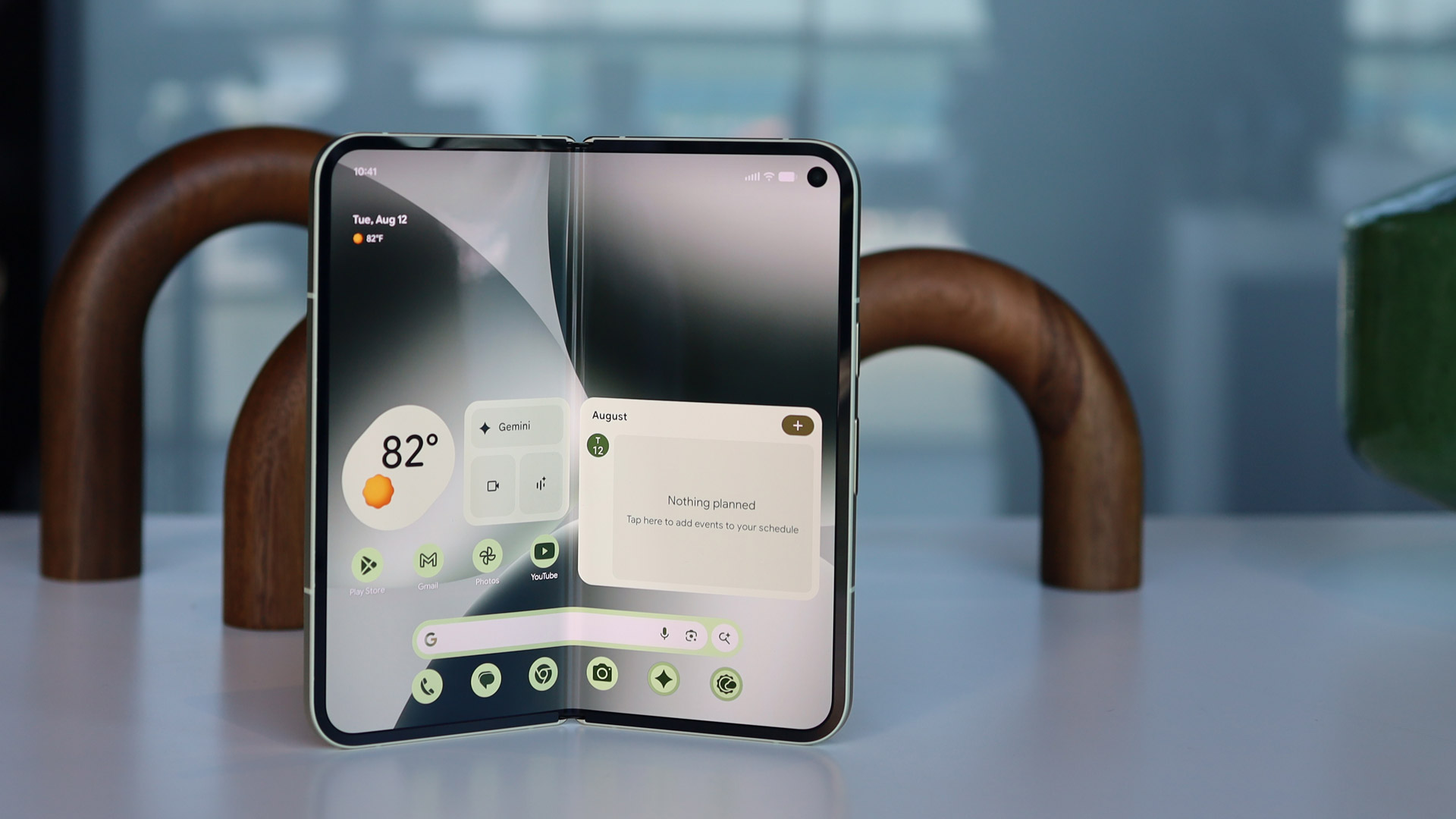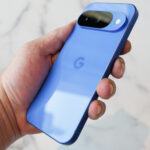- Google execs have been talking hardware following the Pixel 10 launch
- Flip phones, smart rings, and tablets aren’t on the way
- The company is concentrating on phones and AI instead
We’ve just been treated to a host of new Google Pixel devices, including four different Pixel 10 phones, but we also have news about Google devices that aren’t coming – including a flip foldable and a successor to the Pixel Tablet from 2023.
Speaking to Mark Gurman and Samantha Kelly at Bloomberg, Google’s Vice President of Devices and Services Shakil Barkat confirmed that there are no plans for a Google flip foldable to join the Pixel 10 Pro Fold.
Barkat also ruled out a smart ring, and says the Pixel tablet series is on pause until a “meaningful future” can be figured out for the product category. It seems the likes of Samsung will be left to release those kinds of devices for the time being.
The status on smart glasses, meanwhile, is “TBD” – it seems Google is happy to stay focused, for now. “Every time a new type of category of product gets added, the bar on maintenance for the end user keeps going up,” says Barkat. “It’s already pretty painful.”
The “vanguard” of AI
Google execs did also use the interview to hype up what they are working on. Rick Osterloh, who is head of Google’s hardware and Android divisions, described the Pixel 10 as a “super strong release” in what is now a “mature category”.
The Pixel 11 is almost finalized, apparently, while work has started on the Pixel 12. Google design chief Ivy Ross says that the company is aiming for big visual changes to the Pixel phones “every two to three years” – so watch this space.
As you would expect, the Google team pushed AI as being the big innovation that’ll be happening on phones over the next few years, via Gemini and features such as Magic Cue, which surfaces key info from your phone when you need it.
Osterloh says he wants Android to be “on the vanguard of where AI is going”, and that Google isn’t overly worried about Pixel sales: the phones account for about 3% of the US market at the moment, compared to a 49% share for Apple.
Read the full article here














